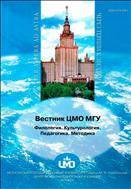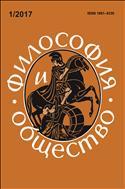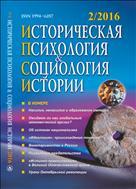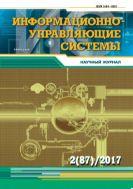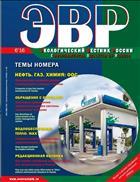Possible bivoltine development of several bumblebee species in EuropePossible bivoltine development of several bumblebee species in Europe 
This article is devoted to an analysis of possible bivoltine development of several bumblebee species in Europe. This study is based on materials collected by the authors in European countries (Slovakia, France and Greece) and in the European North of Russia (Solovetsky Archipelago). Four bumblebee species were studied. They are Bombus hortorum, B. terrestris, B. pratorum and B. jonellus. Bombus hortorum was collected from south-eastern Slovakia and southern France, B. terrestris was additionally from the Isle of Crete, B. pratorum was from southern France and the Solovetsky Archipelago, and B. jonellus was collected only on the Solovetsky Archipelago. Our records reveal that several bumblebee species may have two generations per season. Bombus hortorum and B. pratorum in south-eastern Slovakia and southern France had males present in late May. Both these species have a short life cycle, so they are potentially able to produce two generations in a season. Bombus terrestis was found in January on southern France and in Late November in the Isle of Crete. Because this species has no obligate diapause, this fact may indicate bivoltine development for B. terrestris in the studied territories. The potential ability of B. jonellus to produce two generations per season was revealed during long-term research on the Solovetsky Archipelago. |
|
09.12.2024Все новости Издательства повышают цены на книгиИздательства вынуждены повысить цены на книги из-за роста стоимости полиграфии |
ПОДПИСКА НА ЖУРНАЛЫ И ГАЗЕТЫ ON-LINE1
Мы используем cookie. Это позволяет нам анализировать взаимодействие посетителей с сайтом и делать его лучше. Продолжая пользоваться сайтом, вы соглашаетесь с использованием файлов cookie.
Подробнее можно ознакомиться на странице политики конфиденциальности и политики обработки персональных данных.
© 2005-2023 Агентство «Книга-Сервис»
107996 Москва
Протопоповский пер. 19, к.17
E-mail: public@akc.ru










